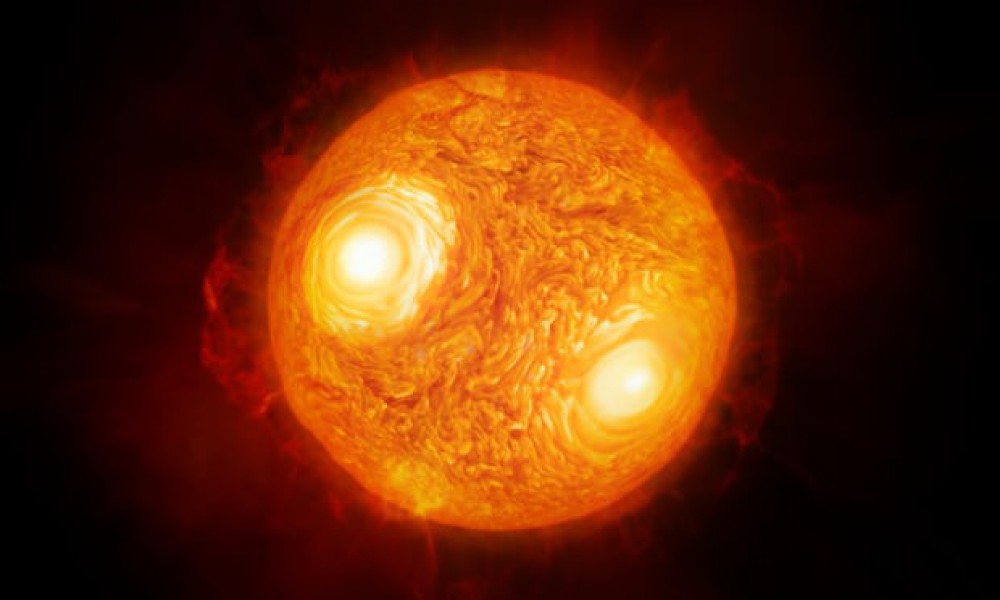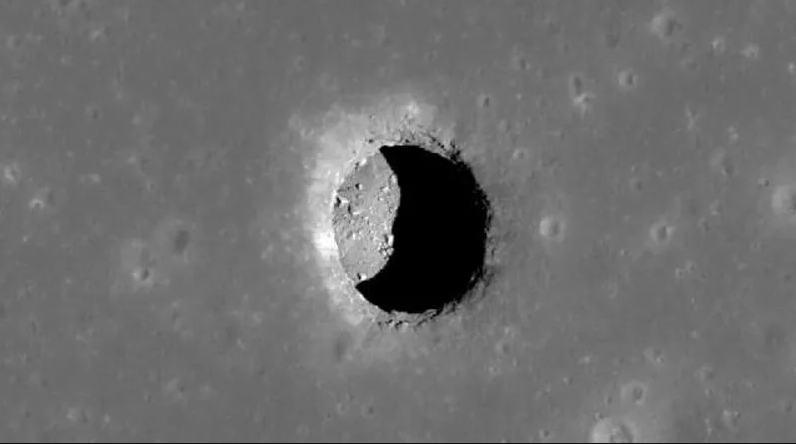
- A-
- A
- A+
Astronomers snap most detailed image of Star that’s not the Sun
An international team of astronomers from Chile and Germany has managed to capture an image of unprecedented detail of another star — that isn’t the Sun — the red supergiant star Antares. The team has also made the first map of the velocities of material in the atmosphere of a star other than the Sun, revealing unexpected turbulence in the extended atmosphere of Antares.
Antares, also designated Alpha Scorpii, is a well-studied, close red supergiant star at a distance of 554 light years. It is the fifteenth-brightest star in the night sky and the brightest star in the constellation of Scorpius.
With a diameter about 700 times that of the Sun and a mass about 12 times solar, Antares is one of largest stars.
It is thought that Antares started life with a mass more like 15 times that of the Sun, and has shed three solar-masses of material during its life.
To directly see the gas motions in its atmosphere, Dr. Keiichi Ohnaka of the Universidad Católica del Norte in Chile and co-authors observed Antares with ESO’s Very Large Telescope Interferometer (VLTI) located on Cerro Paranal in Chile.
“How stars like Antares lose mass so quickly in the final phase of their evolution has been a problem for over half a century,” Dr. Ohnaka said.
“VLTI is the only facility that can directly measure the gas motions in the extended atmosphere of Antares — a crucial step towards clarifying this problem. The next challenge is to identify what’s driving the turbulent motions.”
The astronomers created the first two-dimensional velocity map of the atmosphere of a star other than the Sun.
They did this using the VLTI with three of the Auxiliary Telescopes and an instrument called AMBER to make separate images of the surface of Antares over a small range of infrared wavelengths.
They then used these data to calculate the difference between the speed of the atmospheric gas at different positions on the star and the average speed over the entire star.
This resulted in a map of the relative speed of the atmospheric gas across the entire disc of Antares — the first ever created for a star other than the Sun.
Similar News
Links


 Elm TV
Elm TV
 Photo
Photo
 Video
Video





